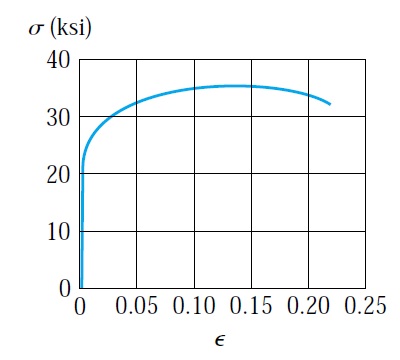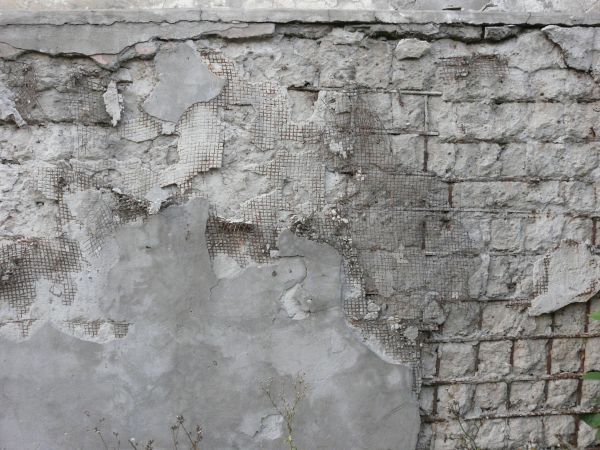concrete workability
Concrete workability refers to the
ease with which concrete can be mixed, placed, and compacted while maintaining
uniformity and homogeneity. Several factors influence concrete workability,
including water-cement ratio, aggregate properties, and the use of admixtures.
Factors affecting workability
1. Water-Cement Ratio (W/C):
- Increasing the water-cement ratio improves workability
but reduces the strength of the concrete mix.
- A higher W/C ratio also increases permeability,
compromising durability and strength.
- Conversely, using too little water may result in
incomplete cement hydration, leading to a loss of strength.
- The typical W/C ratio ranges from 0.35 to 0.40.
- Larger aggregates have a smaller total surface area,
requiring less water for wetting, which improves workability at the same
water content.
- Aggregates with elongated or flaky shapes reduce
workability compared to rounded or cubical aggregates.
- Well-graded aggregates improve workability by reducing
voids in the mix, allowing excess paste to enhance lubrication.
- Chemical admixtures, such as superplasticizers,
increase workability while reducing the required W/C ratio, improving
both flowability and strength.
Methods
to Measure Concrete Workability
Concrete workability is typically
assessed using the following tests:
- slump test
- Compacting Factor Test
- Flow Table Test
- VeBe Test
- Kelly Ball Test
Field
Considerations
In ready-mix concrete,
increasing workability by adding water on-site is strictly prohibited
because it increases permeability, ultimately reducing both strength and
durability. Instead, workability should be adjusted using proper mix design and
admixtures.
>
















Comments
Post a Comment